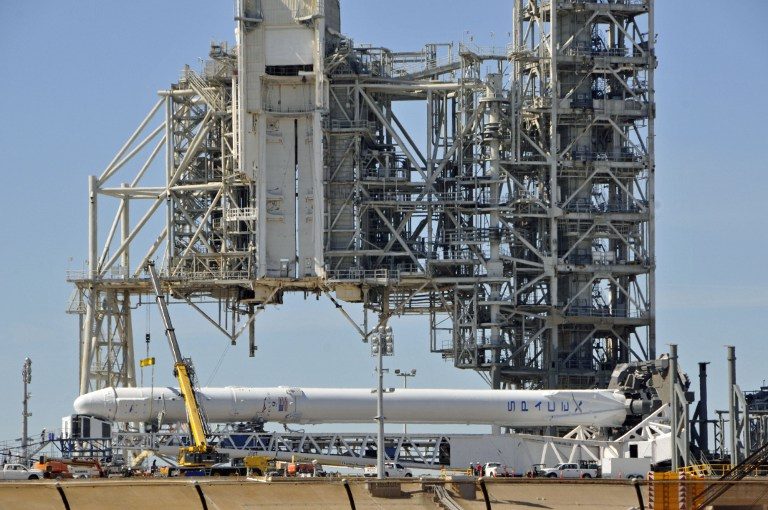SUMMARY
This is AI generated summarization, which may have errors. For context, always refer to the full article.

MIAMI, USA (UPDATED) – SpaceX aborted its planned Dragon cargo launch to the International Space Station just seconds before liftoff on Saturday, February 18, due to a “slightly odd” technical issue with the Falcon 9 rocket engine.
The delay was taken “out of an abundance of caution,” a SpaceX spokesman said, and came a day after engineers discovered a small helium leak in the engine’s second stage.
“All systems go, except the movement trace of an upper stage engine steering hydraulic piston was slightly odd,” SpaceX chief executive officer Elon Musk said on Twitter after the launch was scrubbed.
“Standing down to investigate,” he added.
“If this is the only issue, flight would be fine, but need to make sure that it isn’t symptomatic of a more significant upstream root cause.”
The next launch attempt is scheduled for 9:38 am Sunday, February 19 (1438 GMT).
In the meantime, engineers plan to “take a closer look at the position of the second stage engine nozzle,” SpaceX said.
The Hawthorne, California-based company has endured two costly disasters in the past two years – a launchpad blast that destroyed a rocket and its satellite payload in September, and a June 2015 explosion after liftoff that obliterated a Dragon cargo ship packed with provisions bound for the space station.
SpaceX has since made one successful return to flight in January of this year, from Vandenberg Air Force base in California.
But this flight is particularly significant because of its starting point at Cape Canaveral’s launchpad 39A, which was used for the pioneering Apollo missions to the Moon in the 1960s and 1970s, and later for the space shuttle launches from 1981 to 2011.
SpaceX negotiated a lease for the launchpad with NASA in 2013, beating out its competitor Blue Origin, headed by Amazon founder Jeff Bezos.
By the time the launchpad is completely outfitted for sending astronauts to space in 2018, the company will have spent over $100 million to adapt it for modern day spaceflights, SpaceX chief operating officer Gwynne Shotwell said.
The current cargo resupply mission, known as CRS-10, is the 10th of up to 20 planned trips to the space station as part of a contract between SpaceX and NASA.
The unmanned spaceship is packed with more than 5,000 pounds (2,267 kilograms) of food, gear, and science experiments for the astronauts living in orbit.
The weather forecast for Sunday is 70% favorable for liftoff.
Following the launch, SpaceX plans to try landing the booster on solid ground at a different part of Cape Canaveral.
If successful, the upright touchdown of the Falcon 9’s first stage would mark the 3rd time SpaceX has managed to stick a landing on solid ground.
Other such landings have taken place on floating ocean platforms, as the company perfects its techniques of powering costly rocket parts back to land instead of jettisoning them in the ocean after a single use. – Rappler.com
Add a comment
How does this make you feel?
There are no comments yet. Add your comment to start the conversation.